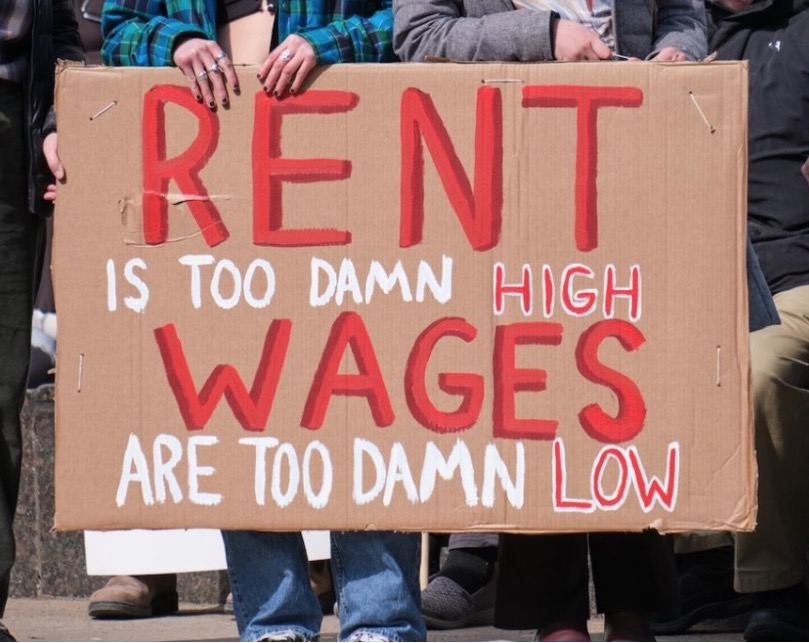CommentsHOUSING WATCH - Across the United States, grassroots movements continue to rise up to end statewide rent control bans.
In California, Illinois, Massachusetts, and New Mexico, activists have worked to repeal or reform rent control restrictions, and movements in other states are expected to be rolled out. With the housing affordability and homelessness crises worsening in many states, advocates and top researchers say rent control will quickly check skyrocketing rents, rein in predatory landlords, and keep poor and middle- and working-class residents in their homes.
Over the years, as more cities and towns considered rent regulations, the real estate industry bankrolled a successful state-by-state plan to enact statewide rent control bans to stop the passage of local rent control policies. Today, more than 30 states have restrictions, including California, Illinois, Massachusetts, New Mexico, Minnesota, Ohio, Georgia, and Florida.
In recent years, though, activists and tenants have fought back.
In California, a broad coalition of housing justice groups, labor unions, and social justice organizations sought to end statewide rent control restrictions through ballot measures in 2018 and 2020 – the real estate industry spent nearly $200 million to kill the initiatives.
In Illinois, through the Lift the Ban Coalition, activists, unions, and tenants have continued to push for the repeal of the statewide rent control restrictions, with support from some state legislators. Massachusetts activists and state elected officials have recently sought to do the same thing. And now activists in New Mexico are calling for the end of a rent control ban.
Whether it’s California or Illinois or New Mexico, activists and residents repeatedly make the point that regulations are desperately needed to protect tenants against predatory landlords, especially corporate landlords, who are currently free to charge whatever they want. As a result, tenants routinely face rent increases of $200 to $400 to $500 per month – or $2,400 to $4,800 to $6,000 per year.
With such massive rent hikes, poor and middle- and working-class tenants face the serious possibility of homelessness, and many people do fall into homelessness. Zillow, the real estate site, found that in cities where residents spend more than 32 percent of their take-home pay on rent, a spike in homelessness will follow.
Yet major studies by top researchers at USC, UCLA, and UC Berkeley all found that rent control effectively, and quickly, stabilizes rents; keeps people in their homes; and prevents more homelessness.
So while activists know that rent control works, they’re handcuffed by statewide rent control bans. But with rising outrage over excessive rent hikes, and more grassroots movements seeking to end rent control restrictions, state politicians will face increasing pressure to repeal or reform rent control bans. If they don’t, elected leaders are destined to face the wrath of middle- and working-class voters.
Follow Housing Is A Human Right on Facebook and Twitter.
(Patrick Range McDonald is the award-winning advocacy journalist for Housing Is A Human Right and a CityWatch contributor.)






